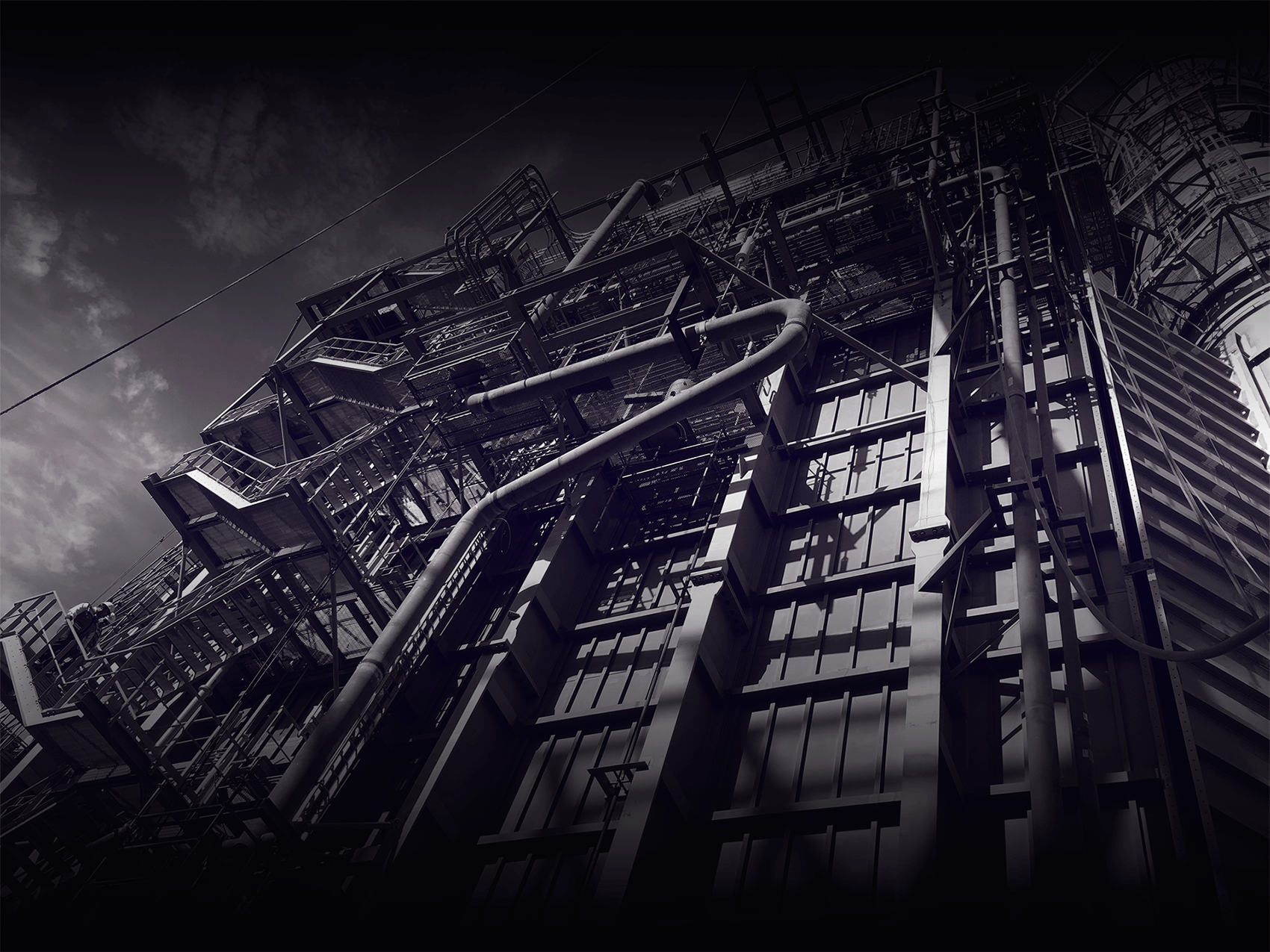This article featured in the May edition of The Australian Pipeliner.

Pipeline operators strive to operate their assets in optimal conditions to deliver product at required volumes and quality. They must also monitor and manage integrity threats to extend the useful lifespan of their assets. The ability to rapidly launch and retrieve in-line inspection (ILI) tools and cleaning pigs without downtime is essential. By Rolf Gunnar Lie, T.D. Williamson, Singapore and Neil McKnight, T.D. Williamson, UK.
Without proper equipment, planning and operator training, this process can present unacceptable risks to personnel and pipeline infrastructure. In particular, opening the pig trap closure door can create explosive atmospheres as air mixes with hydrocarbons. Sudden releases of pressure and projectiles can also jeopardise operators’ safety.
There are various types of pig trap closures, some simpler and safer to operate than others. It’s easier to open and close a Quick Actuating Closure (QAC) or Quick Opening Closures (QOC) than it is to install or remove a blind flange. However, ASME Boilers and Pressure Vessel Code (BPVC) Section VIII standards notes that quick actuating means “all elements loosening in a single actuation.” This feature enables the rapid introduction and removal of pipeline pigs without compromising the safety of field personnel, damaging equipment or releasing hydrocarbons into the environment.
Compliance without overdesign
Like other oilfield equipment, the QAC must comply with applicable codes — and there are numerous codes that may govern pig trap design. Which code prevails generally depends upon the product being transported and where the equipment will be located. It’s important to note that pipeline traps are considered pipeline assemblies, meaning they can be designed according to pipeline codes. Australia’s code AS 2885.1, Gas and Liquid Petroleum – Design and Construction, for example, calls closures a special assembly1 in accordance with Clause 5.9.7: “Special fabricated assemblies that are fabricated from pipe complying with a nominated Standard and pressure-rated components shall be designated as pipeline assemblies2.”
Today, more operators are requiring their pig traps to meet the same codes and maintain the same safe operating parameters as their pipelines, such as ASME B31.8 – Gas Transmission and Distribution Piping Systems or B31.4 – Pipeline Transportation Systems for Liquids and Slurries. For the pig trap to be used on an ASME B31.4 or B31.8 pipeline, the interface between the closure assembly and the trap must represent an intentional methodology that meets safety considerations as well as the intent of the codes. In addition, ASME BPVC Section VIII says the closure design must incorporate a safety locking mechanism so the closure cannot be opened while it is under pressure.
With a dizzying array of codes, all subject to human interpretation, it’s easy for an operator or equipment provider to over- or under-design their pipeline traps and closures, leading to wasted resources. One example: When an operator procures a pig trap built entirely to pressure vessel code. This is neither necessary nor recommended; after all, the function of the closure is to provide internal access to the pipeline system, not to the inside of a vessel. Instead, it would be sufficient to meet pipeline code for the barrel, nominal section, reducers and flange. That would allow the use of thinner, high strength API pipe for the barrel and nominal section and high-strength materials for the reducers and flange, reducing overall manufacturing costs.
This can be accomplished through a “split code” approach where the shell of the closure meets ASME B31.4 or B31.8 pipeline codes and the head of the closure complies with ASME BPVC Section VIII. As highlighted in ASME B31.4, “It is not the intent of this Code to necessarily extend the design requirements of Section VIII, Division 1 to other components in which Closure Door (Heads) are part of a complete QOC assembly.”
The split code approach
The T.D. Williamson (TDW) D2000 QAC satisfies those criteria. It consists of three primary components: a door or head compliant with ASME BPVC Section VIII, a clamp ring retaining device and a shell or hub that complies with pipeline codes (Figure 1).
The D2000 QAC also removes the risks associated with personnel standing in the “line of fire” and being exposed to a potentially deadly undetected build-up of pressure or projectiles: The technician stands safely to the side, operating the closure by the loosening of all holding elements in a single actuation before swinging the door around the fixed hinge point (Figure 2). In addition, the D2000 QAC’s pressure warning lock (PWL) is located top-centre to minimise the possibility of contamination by pigged-in debris clogging up the pressure release port.
In essence, the D2000 QAC represents the best of all worlds, enabling safe, code-compliant operation while allowing critical pigging operations to proceed with minimal time, cost or intervention.
References
1. AS 2885.1, Gas and Liquid Petroleum – Design and Construction mentions pig traps under chapter 5.9 Pipeline Assemblies.
2. Chapter 5.9.2 Scarper assemblies indicates closures shall be designed, fabricated, inspected and tested as a “special assembly” in accordance with.
For more information visit T.D. Williamson.

